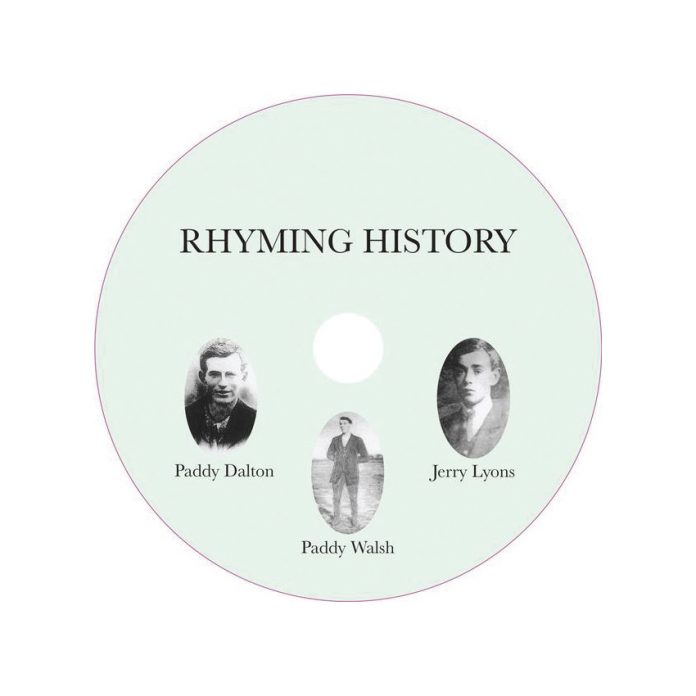By Gabriel Fitzmaurice
The months of April and May, 1921 saw a lot of bloodshed in the parish of what is now Moyvane-Knockanure near Listowel in North Kerry. This was, of course, during the Irish War of Independence. On Thursday, April 7, Mick Galvin, an IRA volunteer, was killed by British forces during an ambush at Kilmorna in Knockanure. The IRA had been lying in wait to ambush a group of British soldiers who were cycling to Listowel after a visit to Kilmorna House, Sir Arthur Vicars’ residence. Vicars had been Ulster King of Arms and custodian of the Irish Crown Jewels which were kept in Dublin Castle, the burglary of which in 1907, although Vicars was never seriously suspected of being involved in their theft, led to his ruin and, ultimately, to his death.
On Thursday, April 14, 1921, Kilmorna House was raided by the local IRA. One of the raiding party, Lar Broder, told the steward, Michael Murphy, that they had come to burn the house. Which they proceeded to do. However, three members of the Flying Column led Vicars to the end of the garden and shot him. (One of his executioners, Jack Sheehan, was himself shot dead by the British army near Knockanure on May 26).
Then on May 12 Crown forces shot dead three unarmed members of the Flying Column, Paddy Dalton, Paddy Walsh and Jerry Lyons, at Gortaglanna, Knockanure, a short distance from Kilmorna. Their comrade and fellow member of the Column, Con Dee made a miraculous escape from the scene. This is the incident that is commemorated in the ballads of the tragedy, the most famous being Bryan Mac Mahon’s “The Valley of Knockanure”, written in 1946.
In his new publication entitled ‘Rhyming History: The Irish War of Independence and the Ballads of atrocity in the Valley of Knockanure’, Gabriel Fitzmaurice has collected all of the ballads from Bryan MacMahon’s to Joe Heaney’s (Seosamh Ó hÉnaí’s) wildly fanciful version, forensically examining each in turn and providing a historical commentary. The book is accompanied by a CD of the main ballads.
Rhyming History is published by Kerry Writers’ Museum and the North Kerry Literary Trust with the support of the Department of Tourism, Culture, Art, Gaeltacht Sport & Media under the Decade of Centenaries Programme.
It can be purchased through the Museum’s website at
www.kerrywritersmuseum.com/product/rhyming-history-book-by-gabriel-fitzmaurice/ or in local bookshops.
Gabriel will deliver an online lecture based on the book on Friday May 14th at 7.30 pm and will be doing a signing at Kerry Writers’ Museum when it reopens on Saturday May 15th at 2pm.
For more information email kerrywritersmuseum@gmail.com.





